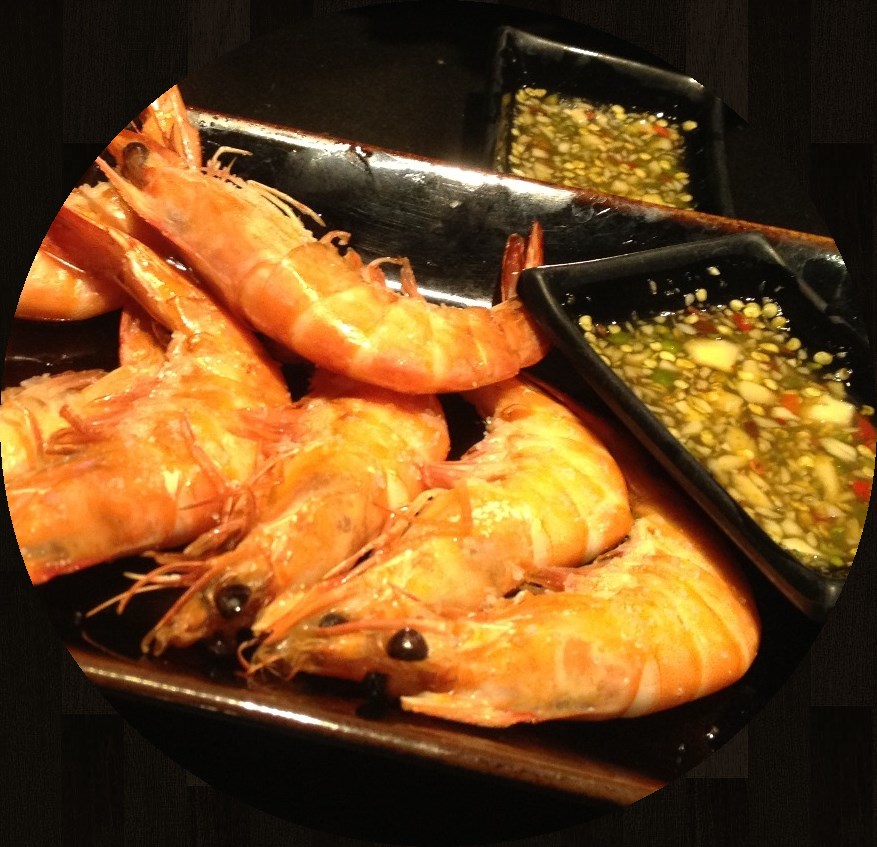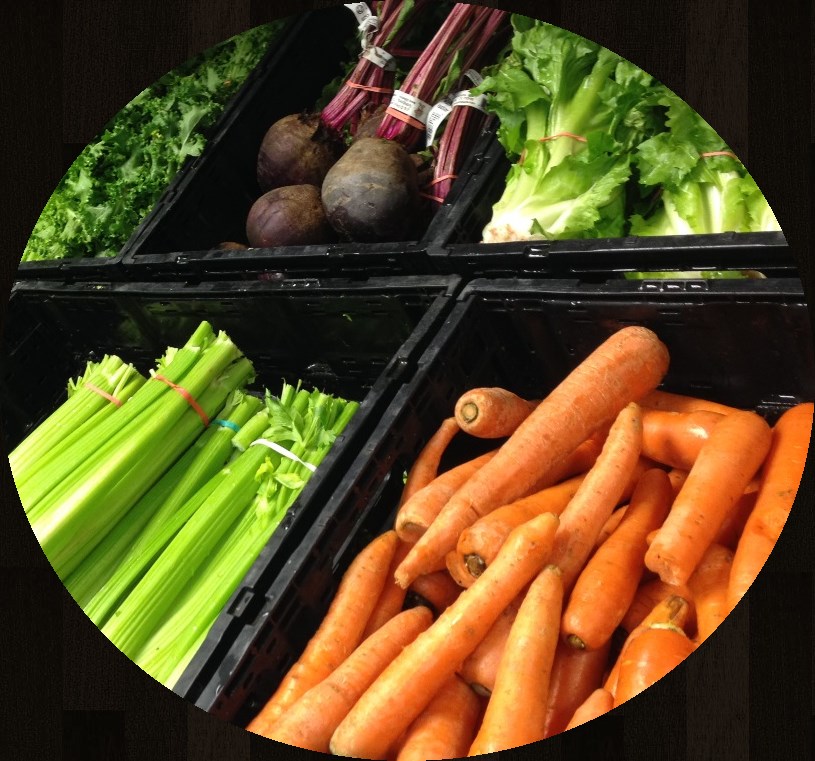About Thai Food
Thailand, a land of smiles, is the land that people have a warm welcoming heart since long time ago. Most Thai people are open-minded and easy-going. Thus they embed all immigrants to this land such as Chinese, Indian, Portuguese, Spanish and etc. for hundreds of years. Unlike some other countries, Thai people barely have war against those immigrants through the long country’s history. They just adopted and integrated those immigrants to Thai culture gradually until they were all unified as a part of the Thai culture. In the same way, Thai recipes and ingredients would stem from many countries around the world as you can see in some recipes in our website.

Moreover, each region in Thailand also has its own dialect as well as its own food culture. North, North-East, Central and South are the prominent four regions people usually use to divide the Thai food and culture. Each of these region has its own uniqueness, including a unique set of recipes and ingredients.
The Central Region is an alluvial plain that was created by the deposition of sediment over a long period of time by the ChaoPhraYa Rivers. It is fertile area that has complex irrigation systems. This is the heart land that enriched with all crops, livestocks, river fishes and seafood. It is also the place where capital of Thailand has been located for more than half a millennium. Since the area was a center for government traders, the recipes in this region have adopted various cultures from traders and embassadors from overseas such as Chinese, Indian and Westerners. In addition, the Thai central recipes also inculded royal Thai recipes. The tastes of central region are sweet, mild to little spicy and sharp sour. Ingredients are enriched with various vegetables and all kinds of meat such as pork, beef, chicken, fish, shrimp, shellfish, crab and seafood. Some examples of famous central region dishes are green curry (แกงเขียวหวาน KangKeowWan), mild soup (แกงจืด KangJeude), TomYum soup (ต้มยำกุ้ง TomYumKung) and PadThai(ผัดไทย PadThai).
The South Region is a part of a narrow peninsula which was a center for traders from South-Indian, Chinese and Javanese. Hence, most recipes from this region have adopted various spices. Its ingredients are enriched with seafood and unique local vegetables. The taste of this south region is the spiciest than all other Thai regions' recipes. Some examples of famous south region dishes are yellow curry (แกงเหลือง KangLeung), TaiPla soup (แกงไตปลา KangTaiPla), salted fish (ปลาเค็ม PlaKem) and BooDoo sauce (น้ำบูดู NumBooDoo).
The North-East Region is a plateau with poor soils that is not favorable for agriculture. Most parts of this land are droughtful. In the past many people in this area had malnutrition. Food and ingredients were not much available in this area. Thus, beside ordinary ingredients, the indigenous people had also adopted many kinds of special ingredients in their recipes such as frogs, toads, lizards, insects, ant eggs, bee nest, snakes, dogs, farm mice and etc. Instead of regular long grain rice, sticky rice has taken a staple role as the main dish, since it is a kind of crop that can grow in such unfavorable condition. Through the passage of time, the living conditions of the people in this area have vastly improved. Malnutrition is no longer a problem in the area. However, those special ingredients still play the big roles in the region’s recipes, since the people in the area enjoy the tastes of those special ingredients already. The taste of this north-east region is spicy and salty. Some examples of famous north-east region dishes are papaya salad (ส้มตำ SomTum), TomZab (ต้มแซ่บ TomZab), fermented fish (ปลาร้า PlaRa), Larb (ลาบ Larb), Thai sausage (ไส้กรอกอีสาน SaiKrok E-San).
The North Region is a part of the mountains, streams and valleys. Most its key ingredients are local vegetables, land-meat and strem fishes. The teste of the north region is spicy. Those famous north region dishes are KaowSoy (ข้าวซอย KaowSoy), NumNgeow (ขนมจีน น้ำเงี้ยว KanomJeen Numngeow), NumPrikOng (น้ำพริกอ่อง NumPrikOng)



